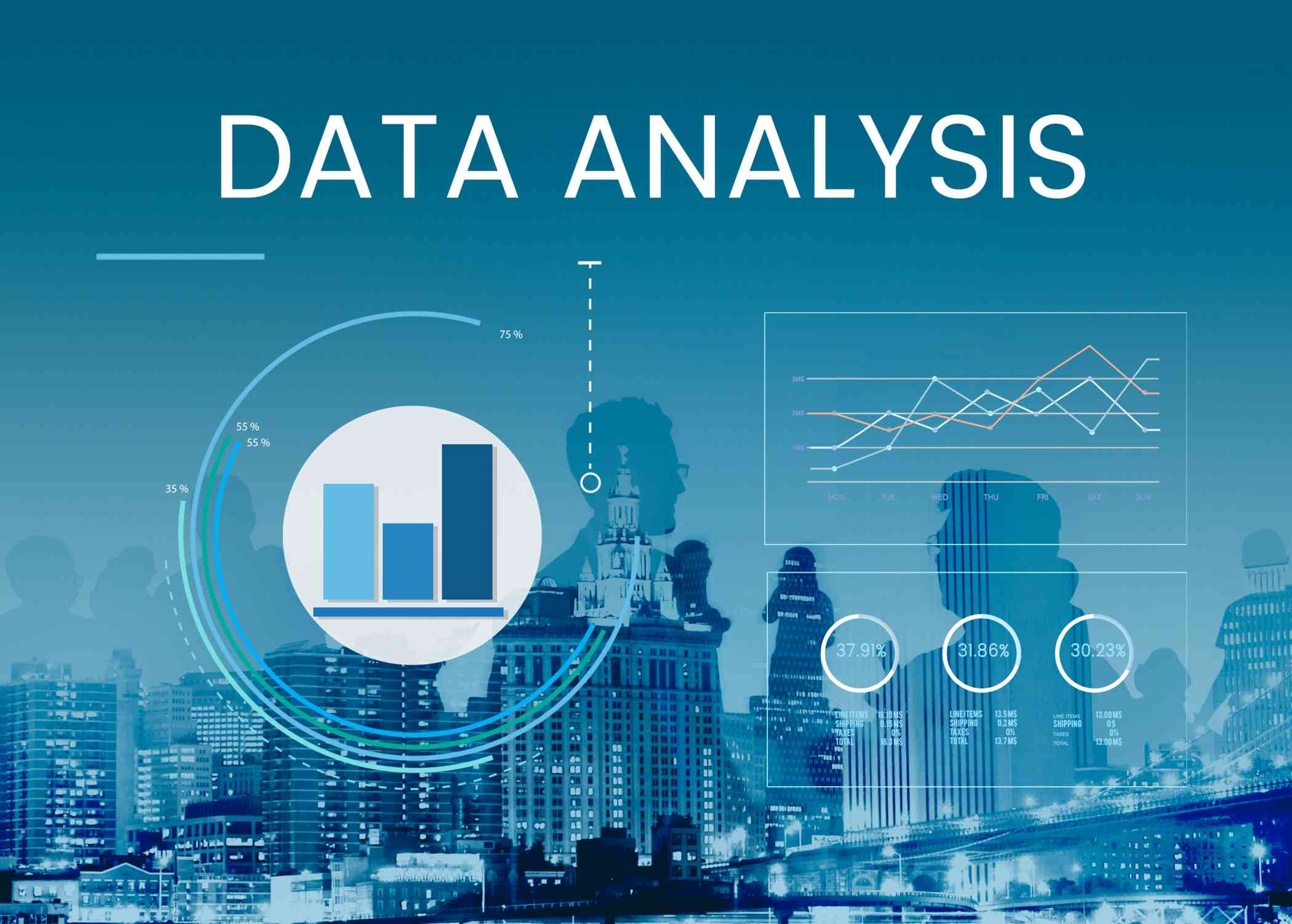5 Steps To Conducting Effective Data Analysis For Your Research Study

Data analysis is a critical phase of any research study as it involves transforming raw data into meaningful insights and drawing conclusions. Effective data analysis ensures the reliability and validity of research findings, enabling researchers to make informed decisions and contribute to the existing knowledge in their field. In this article, we will discuss five essential steps to conducting effective data analysis that will enhance the quality and impact of your research study.
1. Prepare and Cleanse Your Data:
Before diving into data analysis, it is crucial to prepare and cleanse your data. This involves checking for missing values, outliers, and inconsistencies. Use appropriate software tools and techniques to clean and transform your data, ensuring its accuracy and reliability for analysis.
2. Define Your Analysis Approach:
Define the analysis approach that aligns with your research objectives and the nature of your data. Whether you are conducting descriptive, inferential, or qualitative analysis, clearly outline the specific techniques and tools you will use to analyze your data effectively.
3. Conduct Descriptive Analysis:
Start with descriptive analysis to summarize and describe your data. Calculate measures such as mean, median, and standard deviation for numerical data, and create frequency tables or charts for categorical data. These descriptive statistics provide a comprehensive overview of your data set.
4. Apply Advanced Analysis Techniques:
Depending on the complexity of your research study, you may need to apply advanced analysis techniques. This could include regression analysis, factor analysis, cluster analysis, or other statistical methods that are relevant to your research questions. Utilize software programs such as SPSS, R, or Excel to perform these analyses accurately.
5. Interpret and Present Your Findings:
Once you have completed your data analysis, it is time to interpret and present your findings. Clearly explain the implications and meaning of your results in relation to your research objectives. Use visualizations such as graphs, charts, or tables to present your findings in a clear and concise manner.
Effective data analysis is essential for drawing meaningful insights and making informed conclusions in your research study. By following these five steps, you can ensure that your data analysis process is thorough, accurate, and aligned with your research objectives. Remember to utilize ProjectNG.com as a valuable resource for accessing project topics, research materials, and additional guidance on data analysis techniques. With effective data analysis, you can strengthen the credibility and impact of your research study, contributing to the advancement of knowledge in your field.














